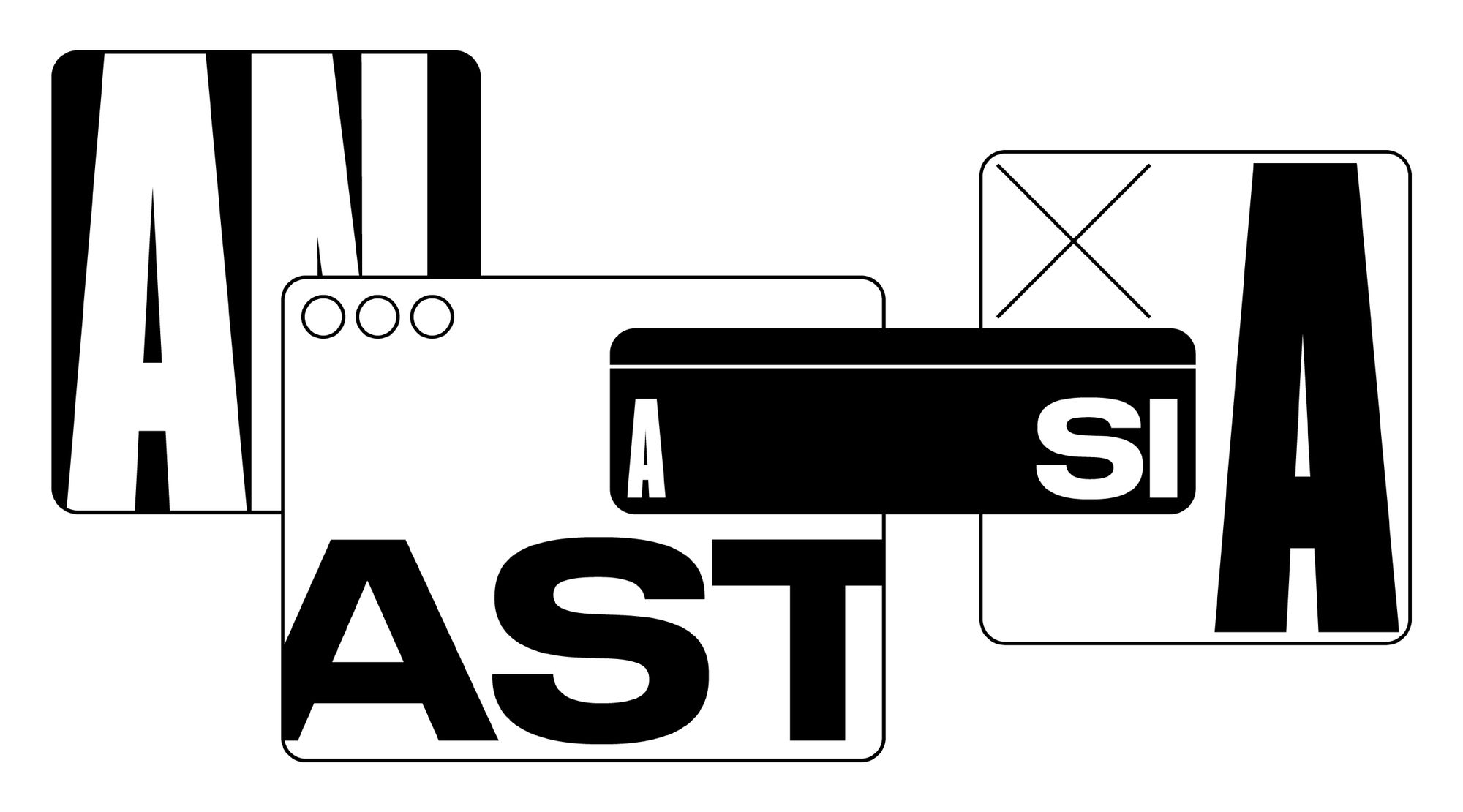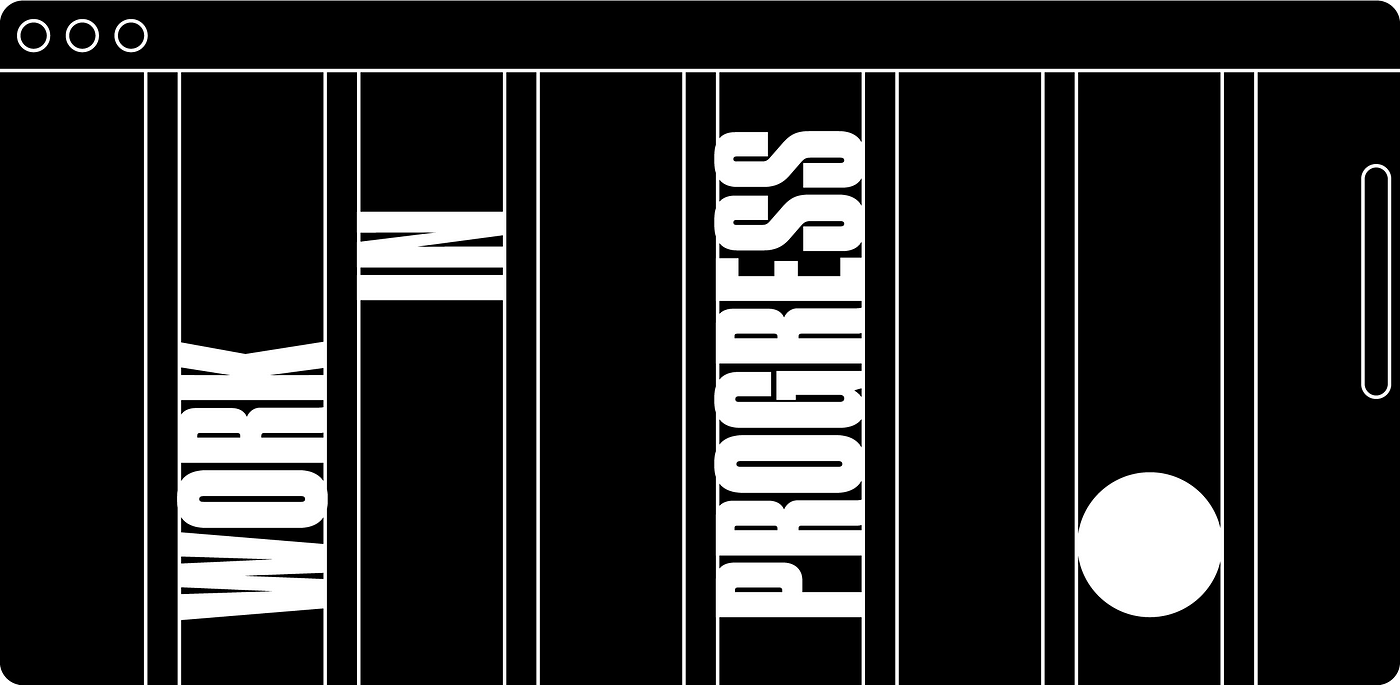How to jump-start into director’s treatments: insider shares the desired skills & tools
In this piece, Anastasia Mokhan, an assistant in a creative agency in Moscow, explains how to jump-start in the field of director’s treatments and tells how to find clients.

Anastasia Mokhan has been working as an assistant in a creative agency in Moscow, when she established there’s a huge demand for designers specialising in director’s treatments. She decided to try it as a hobby: learned the basics of design and started making such presentations as a freelancer. In two years, Anastasia launched her own agency. Today she works with directors who make videos for Apple Music, Google, Snapchat, Volkswagen, IKEA and other high-profile brands.
In this piece, Anastasia explains how to jump-start in the field of director’s treatments and tells how to find clients. Also, she shares the practical workflow behind one of her recent pitches.
Is it easy to start?
When big companies want to create commercials for their products and services, they usually hold tenders for directors. To participate in such competition, a video maker has to come up with a presentation that clearly outlines their idea for the future work. This way, a treatment acts like an essential sales tool in the pre-production process. Yet, most directors are too busy and prefer to hand this work to freelancers.
The niche is promising, because the number of designers specialising in director’s treatments is not that high, especially in Russia, where I started. The industry still doesn’t set very high visual standards for such presentations: a typical treatment includes a dozen slides with full-screen images and bits of text upon them. Most freelancers still don’t employ design and graphic style to polish up the overall look.
How I find clients
When I worked in the creative agency, a colleague of mine was already doing director’s treatments as a freelancer; she took me under her wing and taught me the basics of this job.
When I started on my own, I drew up a list of potential clients—thanks to my job in the agency, I had a broad database of directors creating brand commercials. Having several accomplished cases, I started messaging all with whom I’d like to work. Very soon I made my first presentation for a Swedish director. Now, new clients mostly find me by word of mouth—in this narrow niche all good presentation designers are highly visible.
Summing up, this is what I recommend for those designers who want to conquer this field:
— Immerse yourself into the industry: learn the trends and key players.
— Draw up a list of directors with whom you’d like to work.
— Have several completed works to show (or at least, mockups).
— Find someone to introduce you to potential clients.
— Message all of your relevant contacts and introduce yourself.

Vision before visuals
The technical creation of a director’s presentation is not that difficult. First, I have a call with the client, where he shares his vision and elaborates on the brief. We discuss the big idea in details. This way, it begins to flow toward a stronger vision for the piece.
You need to grasp clients’ ideas quickly and be aware of the tendencies and trends in the industry of video commercials. For those who don’t have much experience I recommend the following channels and media:
— muz.li
— Behance
— siteInspire
Often the creation of a treatment involves not only a designer but also a writer, who gives final shape to the ideas of the director. Yet, I don’t team up with writers—this job demands specific skills and background and it’s not that easy to find a good professional.
After we figure things out, I start researching for visual references that would present the director’s idea in the best possible way. Visuals should back the director’s idea, not the other way around. Actually, visual research is the most challenging part of the work, being closer to art direction rather than design. It takes much time and effort and sometimes there’s much pressure, last-minute changes and late-night hours work. My background in the creative industry helps me a lot.
After this, I create the first slides of the treatment and send them to the director. When we get happy with them, I finish the presentation. A treatment usually includes the following slides:
— Intro
— Synopsis
— Description of the working group
— Style
— Location
— Casting
— Final outro slides
Of course, this is not a rigid structure, and things depend on the designer’s idea. One treatment typically includes from 5 to 15 slides. The creation of a presentation takes me 3–4 days.
How to lay out a treatment: tips, tricks and tools
I mostly learned design basics by trial and error making my first presentations in PowerPoint and KeyNote — these are classical tools, yet their creative potential is limited. Later I also learned InDesign. Finally, I stumbled upon Readymag. It turned to be the most suitable tool for me for the following reasons:
— With it, I can instantly publish projects on the web, so I can send my client a link instead of a heavy file. PDFs are also possible.
— It allows me to invite my clients as collaborators so they can make last-minute changes.
— And the most important: the creative arsenal is very rich, especially when it comes to animations and GIFs.

The workflow behind Snapchat presentation
Let’s see how the workflow looks in practice. A while ago, Snapchat teamed up with Network and rolled out a new feature: a user can buy clothes from US designers right from the app. Snapchat has held a tender for a video commercial to promote the newbie. This is my treatment for a NY film director who participated in it. It is made with Readymag.
The designer preferred to outline the mood and tone of voice of the video and his general vision, instead of showcasing the scenario still by still. Sometimes that’s enough to win the competition and all the details are discussed on later stages.
Color palette
The brief was made in darker colors, so I decided to develop this color scheme in the treatment. The black background and white texts don’t distract attention from the colorful images and videos.
Animation
Usually directors have static treatments, but I decided to use the creative arsenal of Readymag and laid accents with motion—the headline and some of the images have pulsing animation implemented upon them. This looks quite delicate but still helps focus the viewers’ attention.
Grid
I chose to use a five-column grid—the middle column helps align all graphical elements by the center; the rest of the columns give an essential feeling of space and allow me to place elements on an equal distance from the center.
Menu
I decided to make a navigation menu in this presentation, yet it is not a typical feature for director’s treatments.
Font
I set the headlines in Dharma Gothic C font — for me, its thin narrow forms steers associations with street style, but in its comfy variation, not high fashion. It pairs up with Adelle font in body copy. I took the both from Readymag’s fonts library.
Most designers want to earn much but few are eager to work hard
I need to say that there are many hardships in this work. If you aren’t enthusiastic about constant self-educating, working 24/7, coping stress and constantly developing your skills, you won’t make root here. It’s easy to enter this niche if you have a developed sense of style, and a broad outlook for trends and best practices. That’s why I constantly work pump my skills by taking on uneasy tasks. Currently, my team unites five people—designers and visual researchers. I don’t hesitate to hire professionals who are stronger than me—they force me to move ahead and say yes to complex projects.